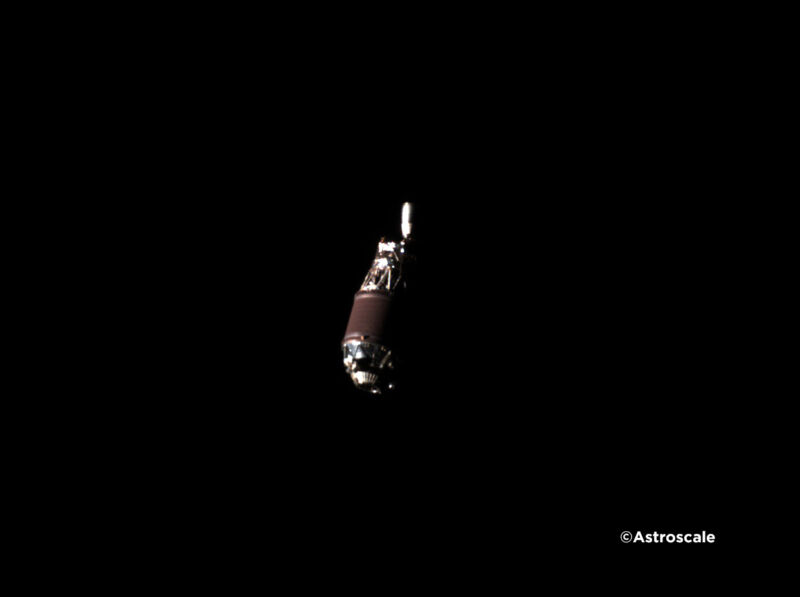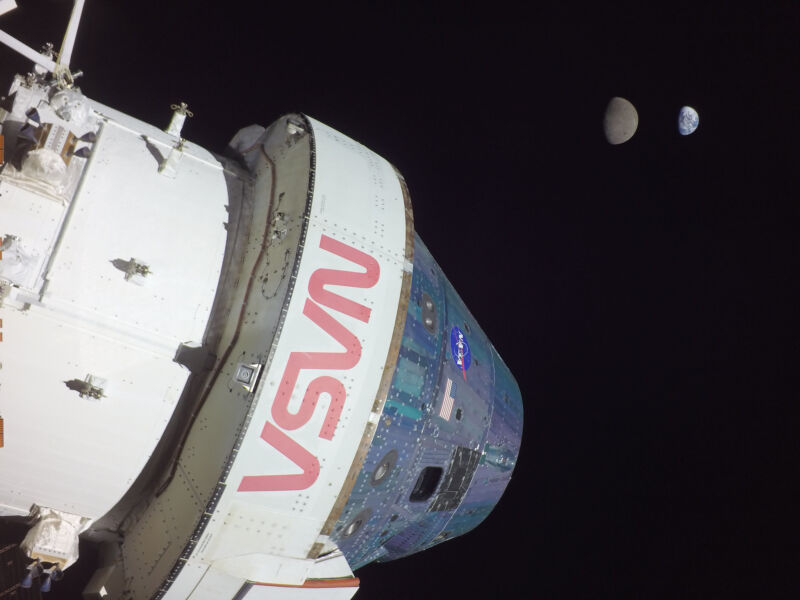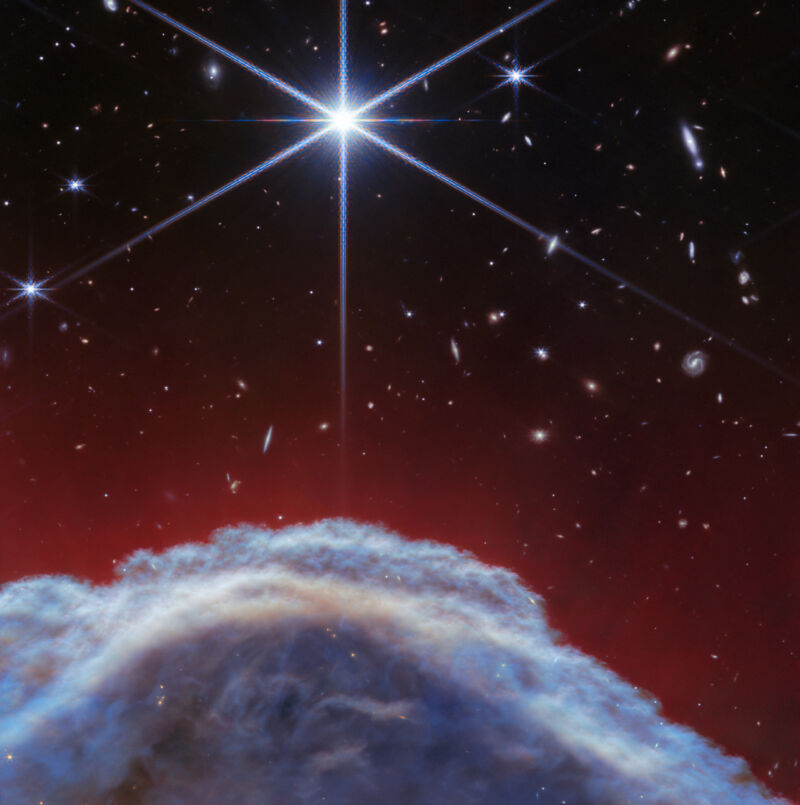-
 chevron_right
chevron_right
AI in space: Karpathy suggests AI chatbots as interstellar messengers to alien civilizations
news.movim.eu / ArsTechnica · Friday, 3 May - 19:04 · 1 minute

Enlarge (credit: Getty Images )
On Thursday, renowned AI researcher Andrej Karpathy , formerly of OpenAI and Tesla, tweeted a lighthearted proposal that large language models (LLMs) like the one that runs ChatGPT could one day be modified to operate in or be transmitted to space, potentially to communicate with extraterrestrial life. He said the idea was "just for fun," but with his influential profile in the field, the idea may inspire others in the future.
Karpathy's bona fides in AI almost speak for themselves, receiving a PhD from Stanford under computer scientist Dr. Fei-Fei Li in 2015. He then became one of the founding members of OpenAI as a research scientist, then served as senior director of AI at Tesla between 2017 and 2022. In 2023, Karpathy rejoined OpenAI for a year, leaving this past February. He's posted several highly regarded tutorials covering AI concepts on YouTube, and whenever he talks about AI, people listen.
Most recently, Karpathy has been working on a project called " llm.c " that implements the training process for OpenAI's 2019 GPT-2 LLM in pure C , dramatically speeding up the process and demonstrating that working with LLMs doesn't necessarily require complex development environments. The project's streamlined approach and concise codebase sparked Karpathy's imagination.






